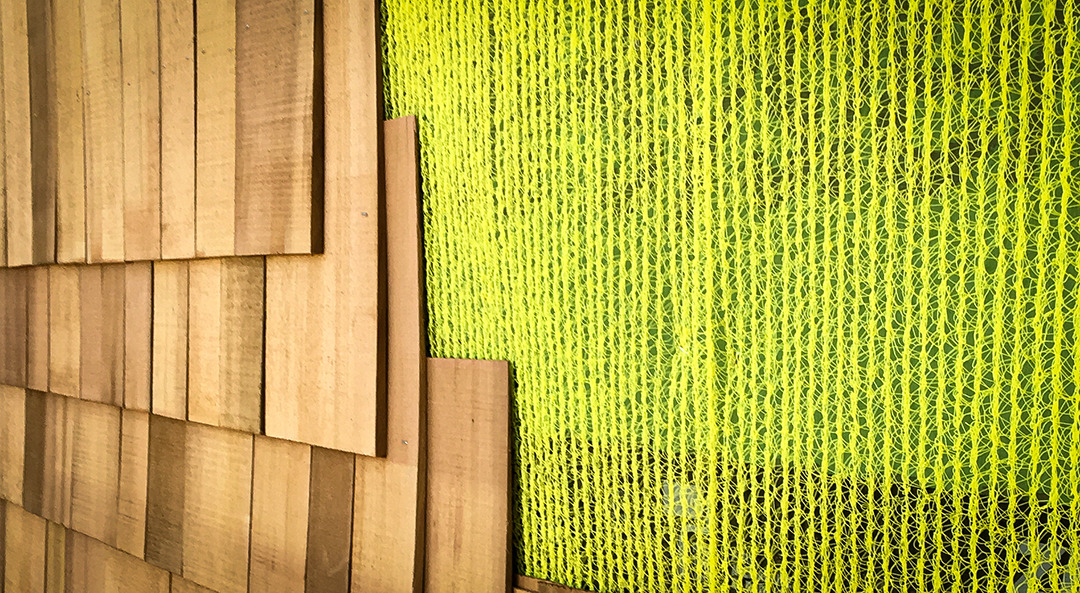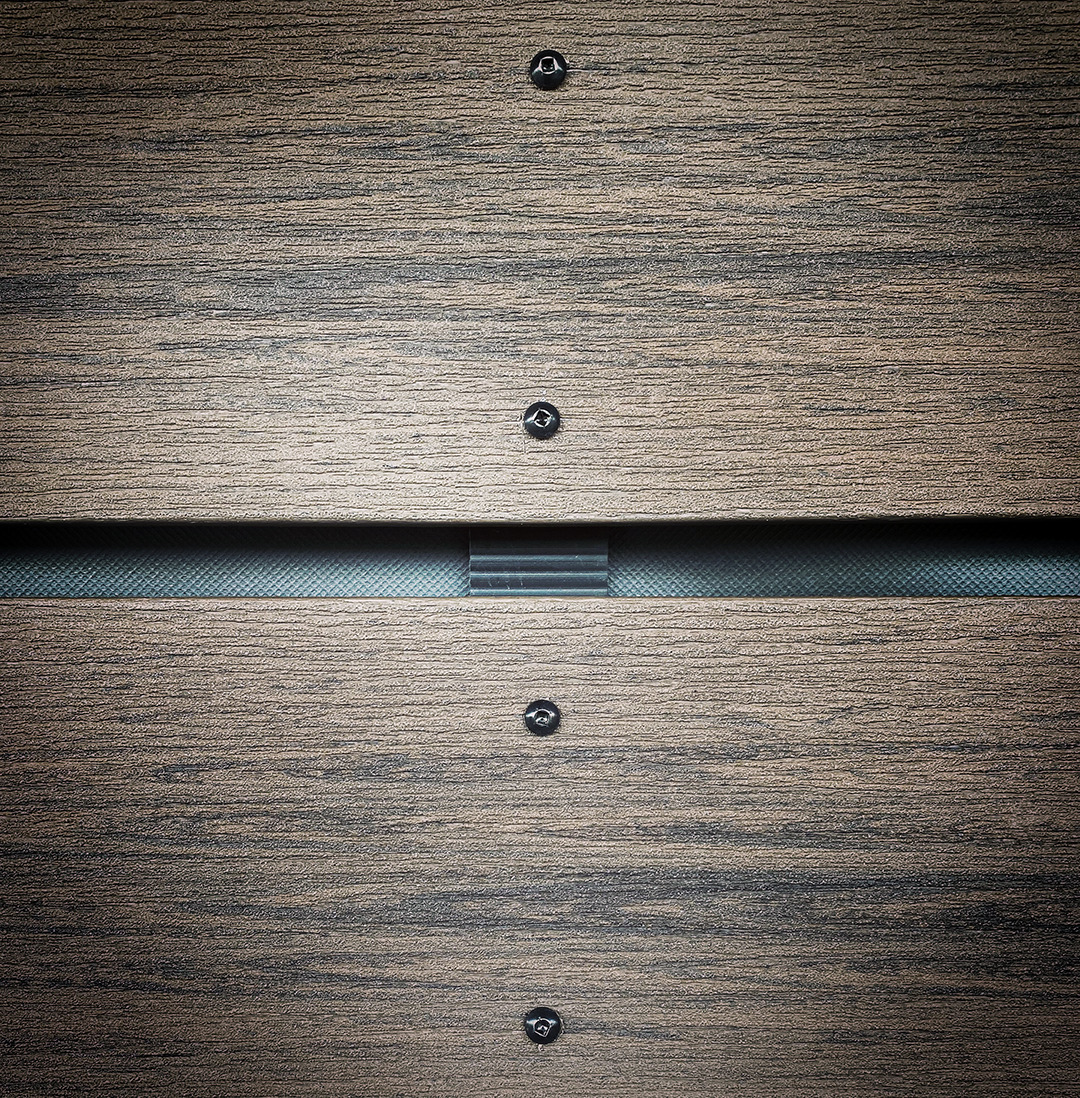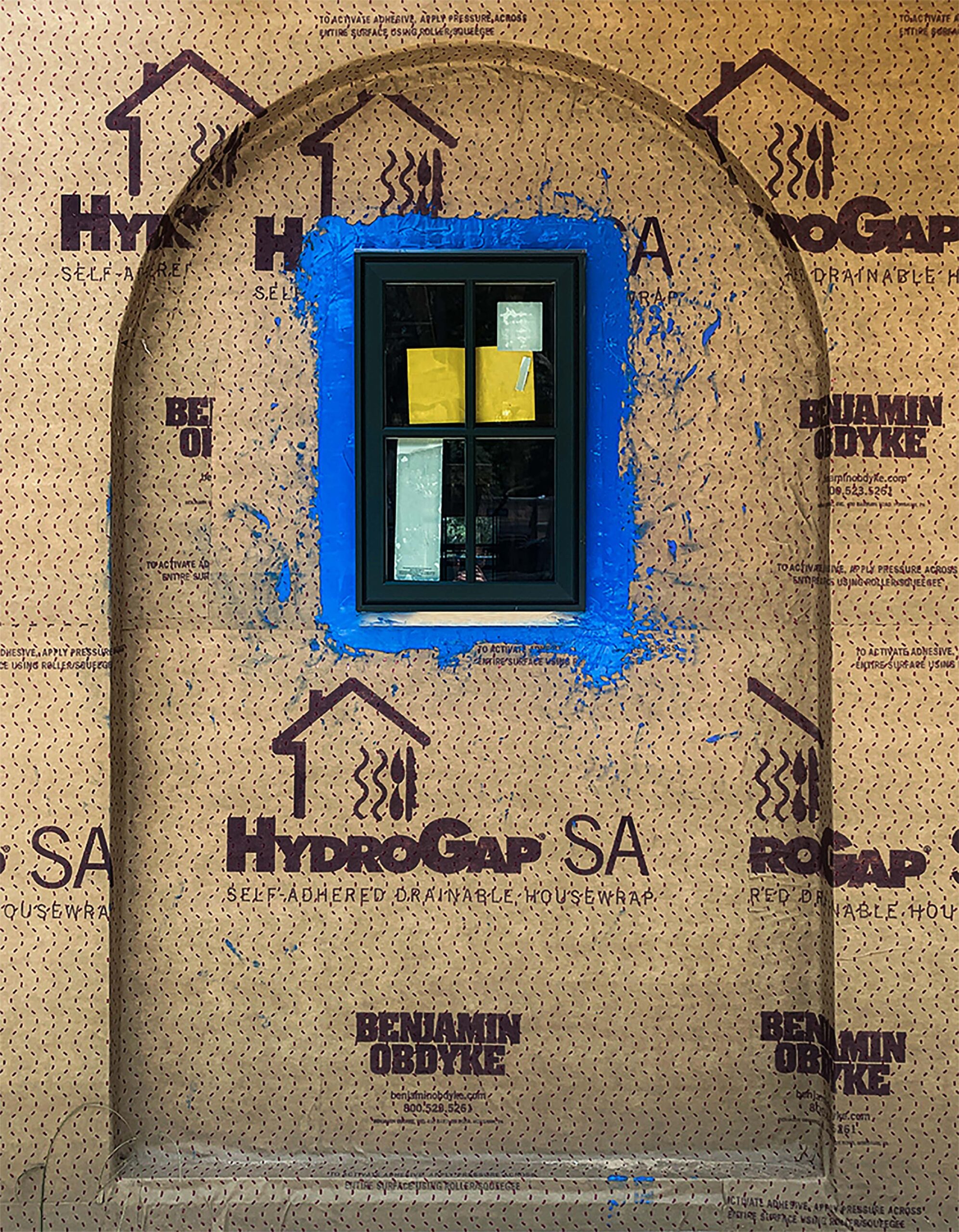The building industry is ever-evolving – and with it, so are the trends, innovations, and technologies. This year, we can expect to see more attention drawn to the importance of the building envelope, which will lead to new product innovations from some of your favorite companies (wink, wink). Read on to see what 2023 has in store for moisture management in residential building.
Benjamin Obdyke Experts Offer Five Different Exterior Trends to Look for in 2023
Building Envelope That are Airtight
One major trend in 2022 was around building codes calling attention to increased energy efficiency – and we expect that to become even more prevalent this year in the form of airtight wall assemblies. Creating a wall system that is airtight helps reduce the potential of air leakage and infiltration of outside air. The increased need for airtight buildings, combined with a need for drainage in tight assemblies, will lead to more drainable self-adhered products, like HydroGap® SA, being used. Self-adhered assemblies that boast continuous adhesion provide tremendous long-term value to a home because of the ability to seal around all fasteners and penetration points, creating an airtight assembly.
Vapor Permeance on the Roof Deck
Traditional roof ventilation is going to the wayside as non-ventilated attics gain popularity. As more failures related to vapor-closed assemblies on the roof come to light, we will see a push for vapor-open underlayment’s on the roof deck. Installing vapor-closed products on the roof deck can be beneficial when used sparingly. However, when using it in the wrong places, it is easy to trap moisture in the attic space, resulting in rot, mold and rust.
A vapor-open assembly reduces that risk and allows the water vapor to naturally rise and dry through the roofing material. A lot of penetrations are made when securing an underlayment to a roof deck – and utilizing a peel-and-stick product that seals these points will boost the integrity of the building envelope.
Getting Past Vinyl Siding
Vinyl siding became popular in the 1960s and typically, is the go-to option when looking for an economical price tag. In 2023, homeowners and builders will prioritize energy-efficient solutions over cost, and instead focus on choosing the type of cladding that provides the most value to a home. Cladding materials such as Veneered Stone and Fiber Cement offer more energy-efficiency and will continue to rise in popularity. To maintain the beauty and resiliency of these materials, it’s imperative to provide drainage by using a proper moisture management system.
A common misconception that has surrounded vinyl siding is that you don’t need a drainage system behind it because it’s “loose” and “drains” well. In reality, if there is no path for the moisture, water vapor transports into the wall cavities becoming trapped and causing deterioration, mold, and decay of the plywood, OSB sheathings and wall framing. For more insight on failures related to vinyl siding, specifically in cold temperatures, read JLC’s article on Installing PVC-Type Sidings in Cold Climates. Check out this installation video of a full moisture management system placed behind fiber cement siding.
Higher Performance Adhesives
Acrylic adhesive has become the gold standard for adhesive technology in the building industry. Underperforming adhesives, such as butyl or asphalt, can lose their bond to the substrate and cause failures in your wall assembly over time. Building pros will begin to opt for the products made with high-performance adhesives more so than ever.
In addition to seeing a switch of adhesive technology preference, the method in which we tape seams will also be under speculation. Conventional seam tape often leaves room for error, specifically where reverse overlaps are created – resulting in moisture intrusion at the vulnerable points of the building envelope. We developed HydroTape DS, a double-sided acrylic adhesive sealing tape to combat this issue. It can be used with flat and drainable housewraps that are mechanically fastened.
Integrated Approach
One thing that bonds all these trends together is the need for an integrated systems approach. As a building envelopes health and performance is top of mind, we will see an emphasis on an integrated systems approach that involves the use of a full moisture management system that works together to tackle airtightness and moisture management to increase the longevity of the building envelope.




